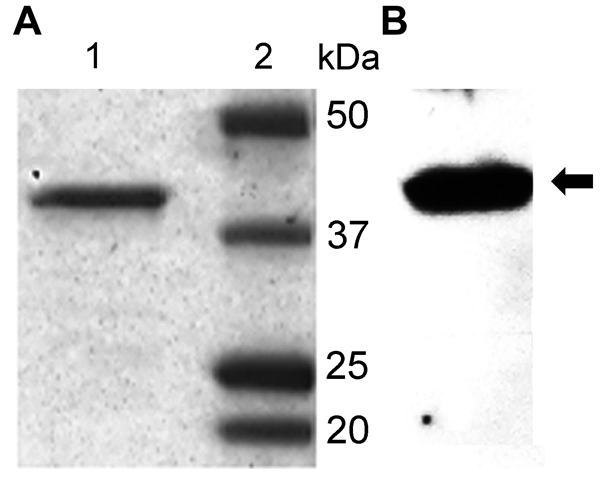Volume 20, Number 7—July 2014
Dispatch
MERS Coronavirus in Dromedary Camel Herd, Saudi Arabia
Figure

Figure. Phylogenetic tree of Middle East respiratory syndrome coronavirus (MERS-CoV) full genomes (29,901 nt after trimming the ends) or near–full genomes from humans and dromedary camelsThe tree was constructed by using neighbor-joining methods with bootstrap resampling of 500 replicatesThe most divergent MERS-CoV, Egypt NRCE-HKU205, was used as outgroupBold type indicates camel MERS-CoV genomes from this studyGenBank accession numbers of genome sequences included in this study are KJ477102, KF600652, KF600630, KF600651, KF186567, KF600627, KF186564, KF600634, KF600632, KF600644, KF600647, KF600645, KF186565, KF186566, KF745068, KF600620, KF600612, KC667074, KC164505, KF192507, KF600613, KF600628, KF961222, KF961221, KC776174, and JX869059Scale bar indicates nucleotide substitutions per site.
1These authors contributed equally to this article.